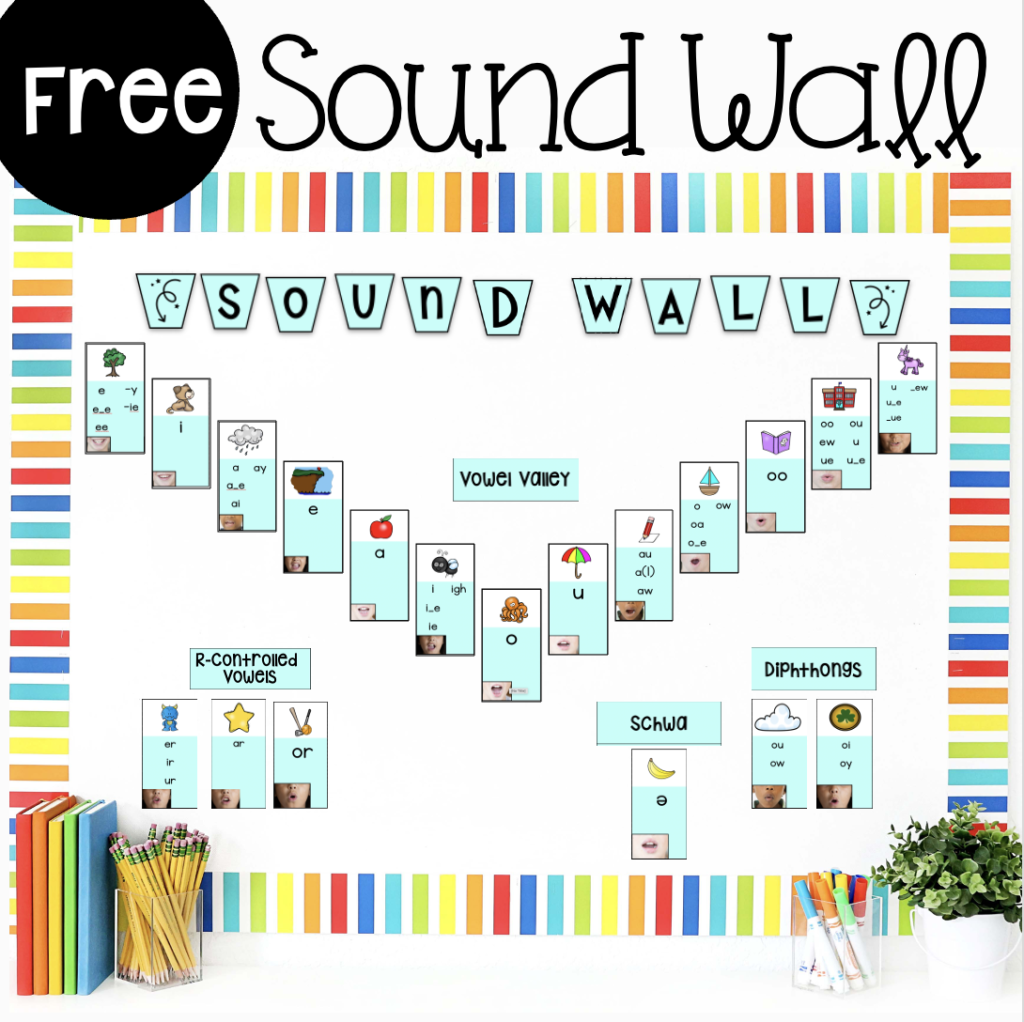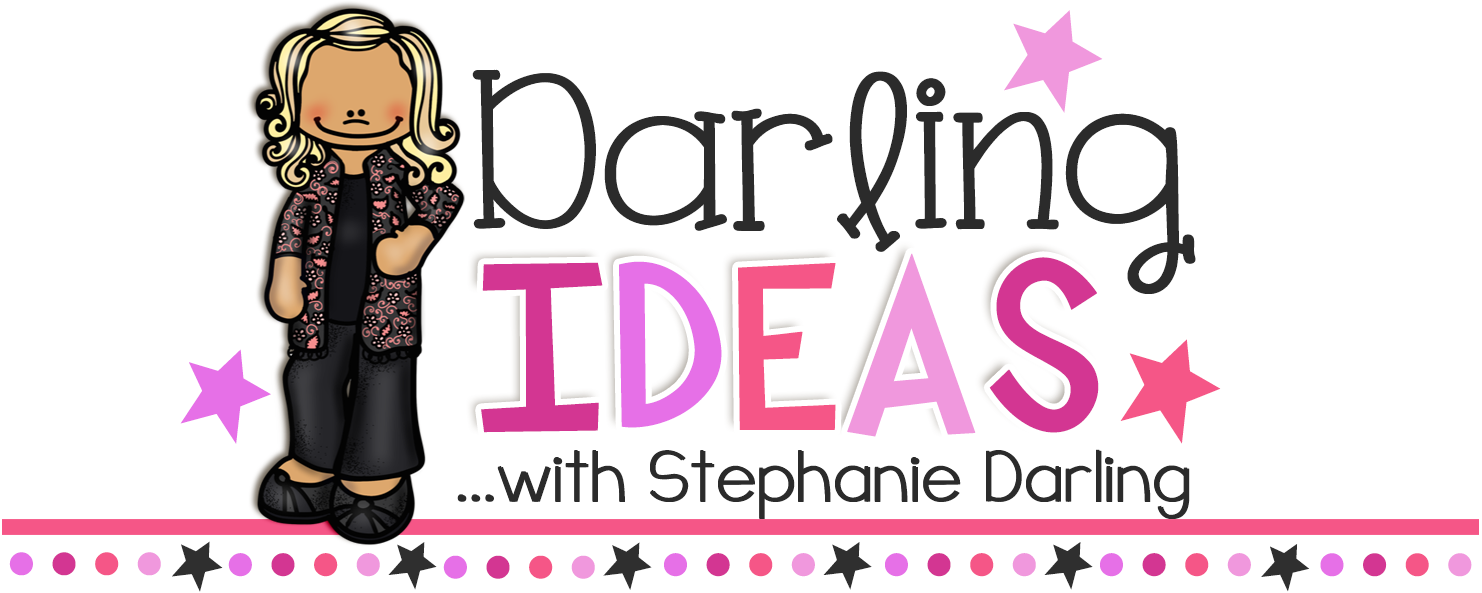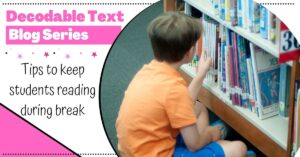Hey there, fellow educators! Today, I want to chat with you about something that can be a game-changer in your classroom – the magical world of sound walls. If you’re scratching your head and wondering what a sound wall is, don’t worry; I’ve got you covered.
So, What Exactly Is a Sound Wall?
Think of a sound wall as your secret weapon for teaching phonics and spelling. It’s a powerful visual tool that helps students connect speech sounds (phonemes) to the written letters or letter combinations (graphemes) that represent those sounds. In simple terms, it’s a colorful, interactive display that brings the sounds of our language to life in your classroom.
Why Do We Need Sound Walls?
Imagine you’re introducing young learners to the alphabet and the sounds each letter makes. A sound wall takes this to the next level by showcasing not only the individual letter sounds but also the variations in sound that can be represented by different combinations of letters. This is particularly helpful when teaching phonics, spelling, and decoding skills.
Let’s break down some of the key reasons why a sound wall is a must-have in your teaching toolkit:
- Phonemic Awareness: Sound walls help students develop phonemic awareness, which is the ability to hear, identify, and manipulate individual sounds in words. By visually representing these sounds, you make it easier for your students to grasp the relationships between sounds and letters.
- Spelling Aid: English spelling can be a bit tricky, with many words not following straightforward rules. A sound wall provides a reference point for students to see and explore different ways that sounds can be spelled.
- Vocabulary and Pronunciation: It can aid in building vocabulary and improving pronunciation. Students can refer to the sound wall when encountering new words or trying to pronounce unfamiliar words correctly.
- Interactive Learning: Sound walls can be interactive. You can engage students by having them move magnetic letters or use sticky notes to build words on the sound wall. This hands-on approach makes learning more enjoyable and memorable.
- Support for Struggling Readers: For struggling readers, a sound wall can serve as a visual lifeline. It helps them see the patterns and relationships between sounds and letters, making it easier to decode words.

How to Create Your Sound Wall
Creating a sound wall is pretty straightforward, and you can customize it to suit your classroom’s needs and your students’ age group. Here are some steps to get you started:
- Select a Wall or Bulletin Board: Choose a prominent spot in your classroom where the sound wall can be easily seen and accessed by all students.
- Sound Categories: Organize the sounds into categories such as consonants, vowels, digraphs, blends, and diphthongs. Use color-coding to differentiate between these categories.
- Visual Representation: For each sound, include a picture or word that begins with that sound. This visual aid reinforces the connection between the sound and its corresponding letter or letters.
- Interactive Elements: Make it interactive by using Velcro, magnetic letters, or sticky notes that students can manipulate to create words.
- Regular Updates: Keep the sound wall current by adding new sounds and words as you introduce them in your lessons.
Embrace the Power of Sound Walls
So, there you have it – the scoop on sound walls! As teachers, we’re always on the lookout for tools that make learning more engaging and effective, and sound walls definitely fit the bill. Whether you’re teaching kindergarteners their ABCs or helping older students decode complex words, a sound wall can be your trusty sidekick in the classroom.
Remember, it’s not just about putting up a display; it’s about actively involving your students in the process. Let them explore, experiment, and discover the fascinating world of sounds and letters right there on your sound wall.
So, give it a try, and watch as your students become more confident readers, spellers, and, most importantly, lovers of language. Happy teaching, my fellow educators! 🍎📚
Click here to grab your sound wall for free!





No Comments